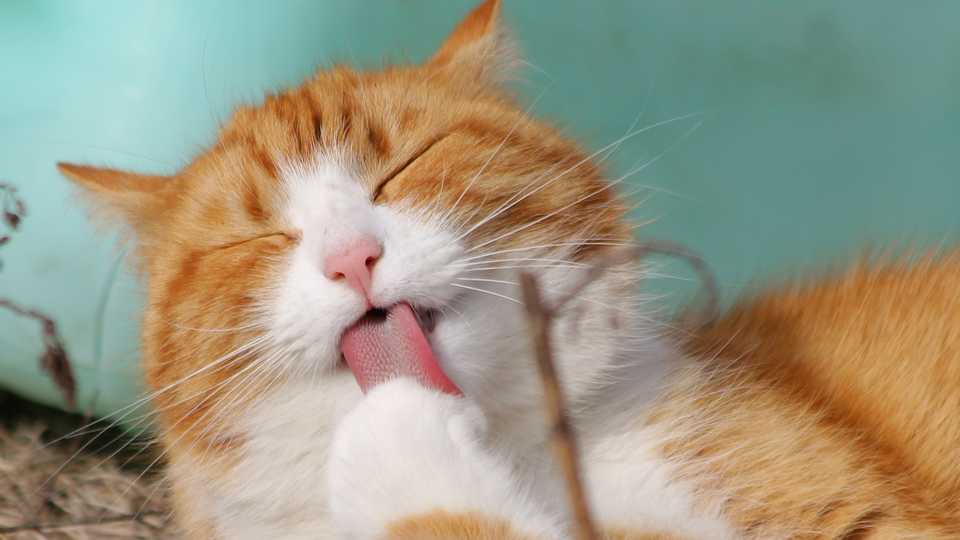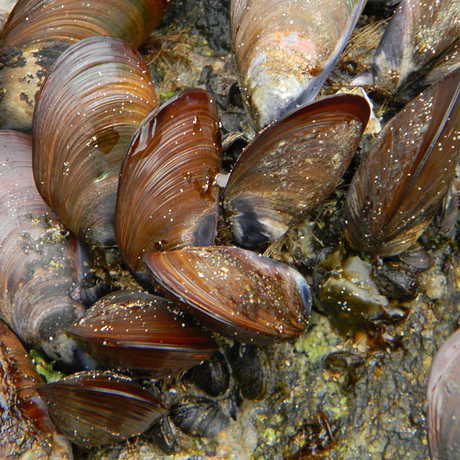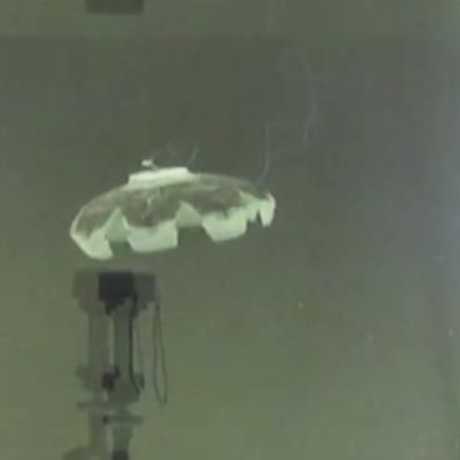Science News
Cat Tongue Robotics

Scientists’ inspiration can come from the most unusual—and mundane—sources. Take Georgia Tech’s Alexis Noel. The doctoral candidate in mechanical engineering was watching her cat lick a thick microfiber blanket. The cat’s tongue got stuck, and while Noel was trying to disentangle cat from blanket, she noticed the spines in her kitty’s tongue.
These spines, called papillae, are essential for cat grooming—cleaning and removing tangles from the feline’s fur. The papillae are hook-shaped, a bit like Velcro. “When the cat’s tongue hits a snag,” Noel explains, “it pulls on the hooks, which rotate to penetrate the snag even further. Like a heat-seeking missile for snags, the hook’s mobility allows the cat to better tease tangles apart.”
Noel decided to go to work, exploring these spines further. Taking the concept to the lab and using macro- and high-speed videography equipment, she and her colleagues zoomed in and observed the unique shape and flexibility of the tongue spines during grooming. The team then became the first group to 3D print a cat tongue mimic at 400 percent scale.
Using these technologies, the researchers uncovered the brilliance and efficient design of a cat’s tongue. “Both the cat tongue and [3D] mimic are very good at cleaning and removing tangles in fur samples,” she says. “We also discovered that the cat tongue is self-cleaning—it’s easy to remove hair beneath the spines by simply brushing the tongue from tip to end.”
“A typical hairbrush has spines that stick straight out,” she continues. “When hair collects on the brush it forms a thick mat that must be removed by hand. In comparison, the cat’s flexible spines make it easier to clean. When not in use, the spines on a cat tongue lie nearly flat against its surface, like overlapping shingles. This configuration provides openings in a single direction, enabling the mat of hair around the bristles to be removed with a single finger swipe. These openings face the cat’s throat and [are] also why cats swallow their hair and end up with hairballs.”
Noel and her team presented their findings yesterday at the Annual Meeting of the American Physical Society’s Division of Fluid Dynamics (DFD) in Portland, Oregon.
The scientists say that cat tongue mechanics are perfect inspiration for soft robotics, where researchers are still struggling to find ways for soft materials to grip surfaces. “The cat tongue is flexible, but it can pull apart tangles in fur,” Noel says. “So we’re trying to develop a cat tongue-inspired surface based on our 3D-printed mimic. The flexibility of cats’ tongue spines may have broad-reaching applications from an easy-to-clean hairbrush to wound cleaning within the medical field.”
Noel is planning on taking her research into a little more dangerous territory, too. “We’d also like to study the tongues of tigers, lions, and other large cats to understand how tongue spines scale across the cat family.” All in the name of science.
We hope she doesn’t try to disentangle those cats’ tongues herself!


